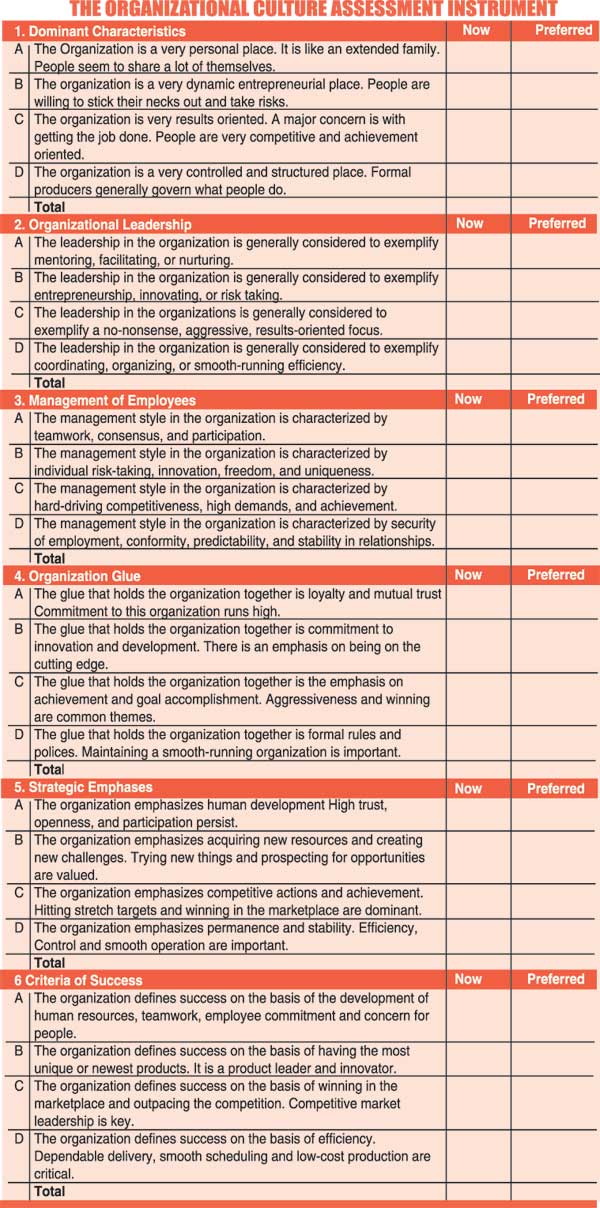06 Jan 2014 - {{hitsCtrl.values.hits}}
(2).jpg) Competing Values Framework (CVF), which we discussed last week, has been applied to a host of situations where organisational culture is a critical ingredient – leadership, management development and strategy implementation. But it is first and foremost known as ‘culture change’ tool.
Competing Values Framework (CVF), which we discussed last week, has been applied to a host of situations where organisational culture is a critical ingredient – leadership, management development and strategy implementation. But it is first and foremost known as ‘culture change’ tool..jpg)

25 Nov 2024 8 hours ago
25 Nov 2024 9 hours ago
25 Nov 2024 9 hours ago
25 Nov 2024 25 Nov 2024
25 Nov 2024 25 Nov 2024